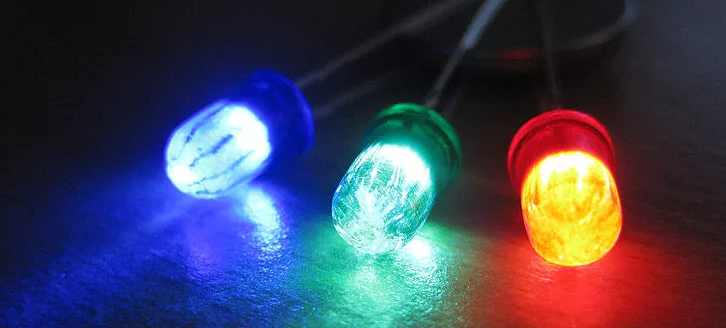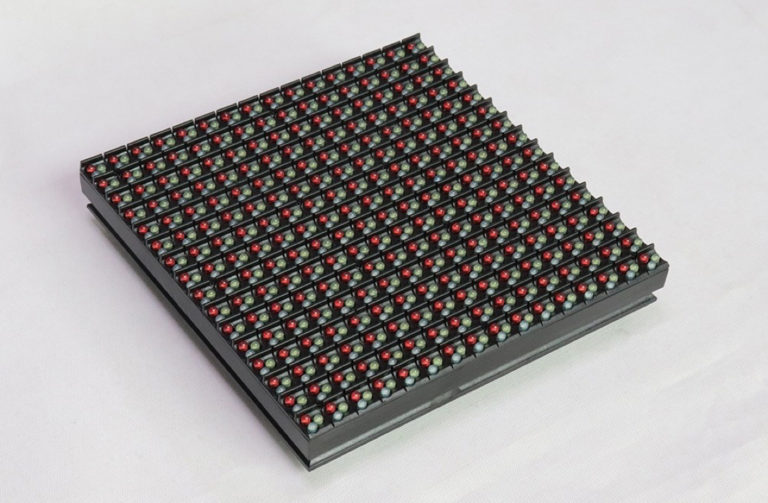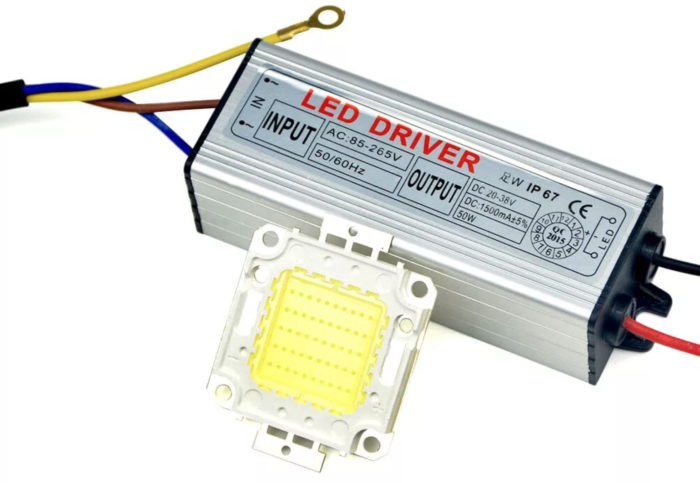Description of the driver to power LEDs
LEDs are versatile and cost-effective lighting sources that have entered every home. With the help of modern LED lamps organize lighting of apartments, houses, offices, public buildings and streets. The most important element of any device that operates on LEDs is the driver. The component has a number of features that are important to consider when using electrical appliances.
LED driver - what is it
A direct translation of the word "driver" means "driver". Thus, the driver of any LED lamp has the function of controlling the voltage applied to the device and regulates the parameters of lighting.
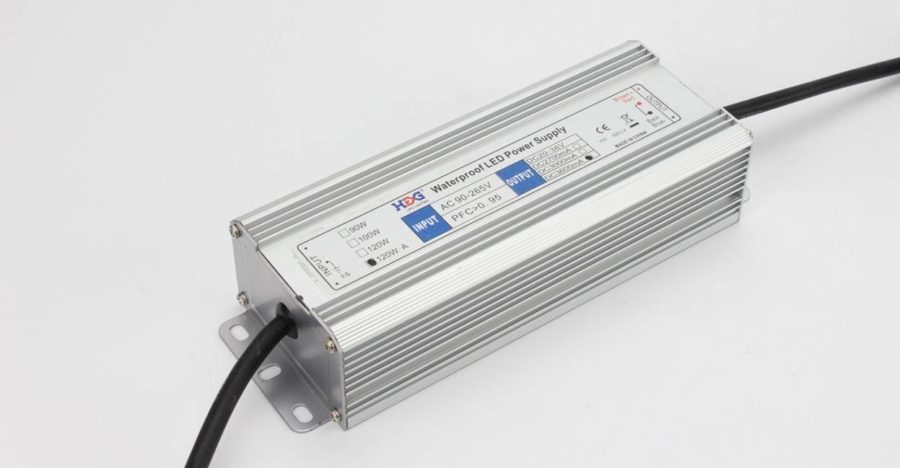
LEDs are electrical devices capable of emitting light in a certain spectrum. In order for the device to work properly, it is necessary to supply it exclusively with a constant voltage with minimal ripple. The condition is especially true for high-power LEDs. Even the smallest voltage fluctuations can cause the device to malfunction. A slight decrease in the input voltage will instantly affect the light output parameters. Exceeding the set value will cause the crystal to overheat and burn out without possibility of recovery.
The driver performs the function of input voltage stabilizer. It is this component that is responsible for maintaining the necessary current values and proper operation of the light source. The use of quality drivers guarantees long and safe use of the device.
How the driver works
LED driver is a constant current source, which creates a voltage at the output. Ideally, it should not depend on the load applied to the driver. AC network is characterized by instability and often there are significant fluctuations in its parameters. The stabilizer should smooth out the fluctuations and prevent their negative effect.
For example, by connecting a 40 ohm resistor to a 12 V voltage source, you can get a stable current of 300 mA.
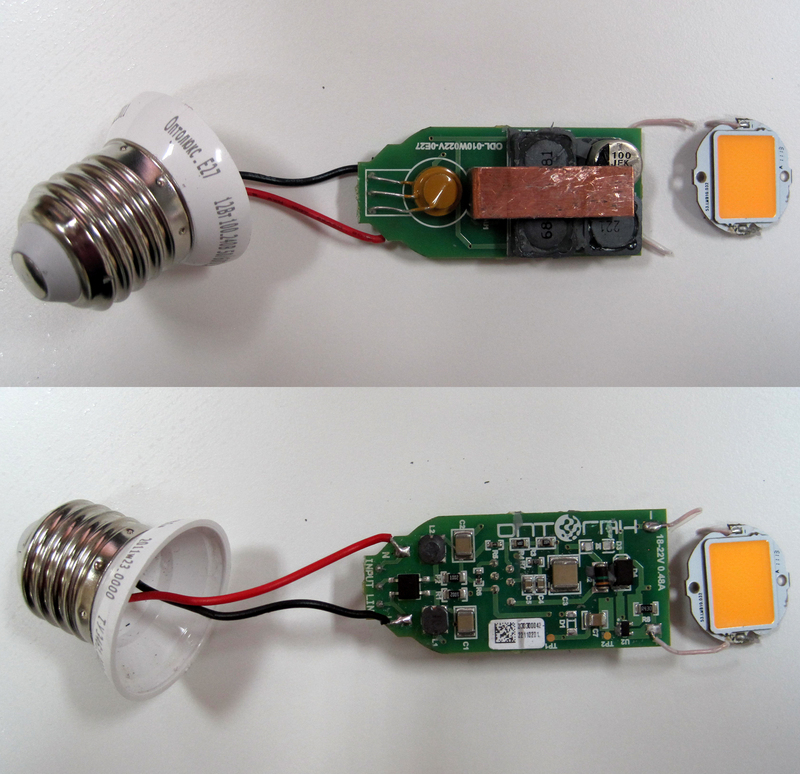
If you connect two identical 40 Ohm resistors in parallel, the output current will be 600 mA. This circuit is simple enough and typical for the cheapest electric devices. It is not able to automatically maintain the desired current strength and to withstand voltage ripple to the full extent.
Types
Power drivers for LEDs are divided into two large groups: linear and pulsed, according to the principle of operation.
Impulse stabilization
Impulse stabilization is characterized by reliability and efficiency when dealing with diodes of almost any power.
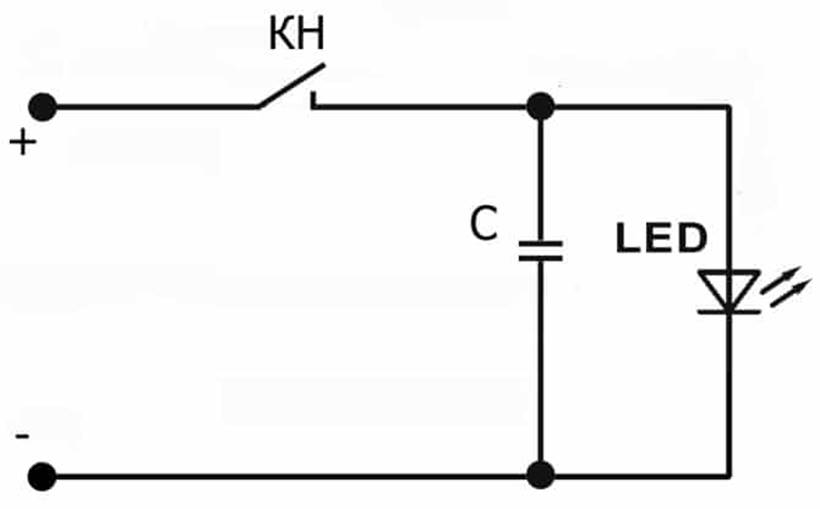
The regulating element is a button and the circuit is supplemented with a storage capacitor. After the voltage is applied, the button is pressed, forcing the capacitor to store energy. The button is then opened and the DC voltage from the capacitor is supplied to the lighting equipment. As soon as the capacitor is discharged, the procedure is repeated.
The voltage rise reduces the charging time of the capacitor. The voltage supply is triggered by a special transistor or thyristor.
Everything happens automatically at a rate of about hundreds of thousands of shorts per second. The efficiency in this case often reaches an impressive figure of 95%. The scheme is effective even when using high-power LEDs, since energy losses during operation are negligible.
Linear regulator
The linear principle of current regulation is different. The simplest diagram of such a circuit is shown in the figure below.
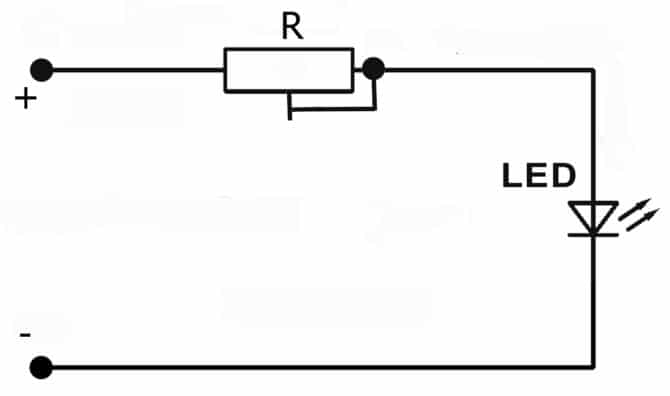
The circuit has a resistor that limits the current. If the supply voltage changes, changing the resistor resistance will allow the current value to be set again. The linear regulator automatically monitors the current flowing through the LED and adjusts it, if necessary, by means of a resistor switch. The process is extremely fast and helps to react quickly to the slightest fluctuations in the mains.
This scheme is simple and effective, but it has the disadvantage of useless power dissipation of the current flowing through the regulating element. For this reason, the option is optimal when used with a small operating current. Using high-power diodes can cause the regulating element to consume more power than the lamp itself.
How to pick up
To choose a LED driver, you need to consider the characteristics of the device comprehensively:
- input and output voltages;
- output current;
- power;
- level of protection against harmful influences.
To begin with, the power source is determined. Standard AC mains, batteries, power supply and more are used. The main thing is that the input voltage should be in the range specified in the passport of the device. The current should also match the input mains and the connected load.
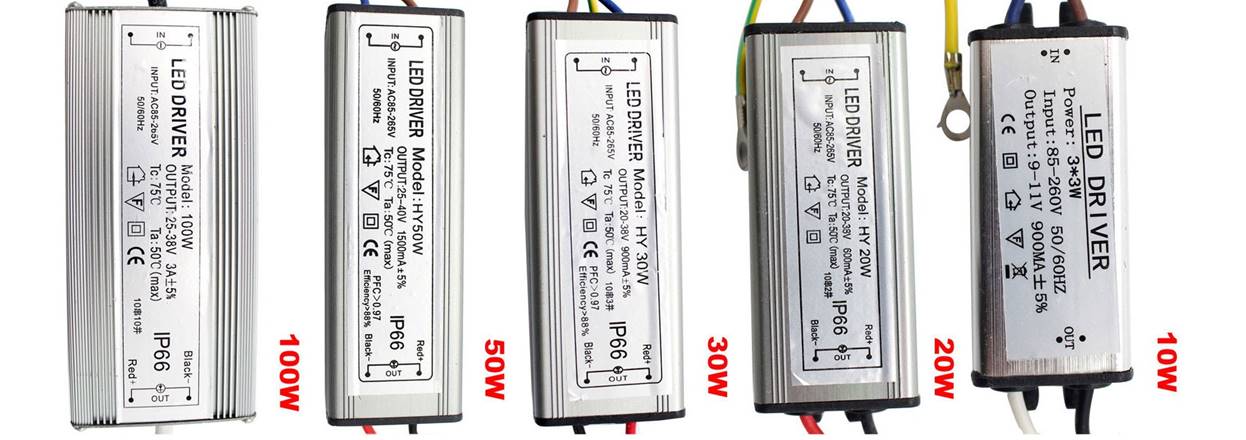
Manufacturers make units with or without enclosures. Enclosures effectively protect against moisture, dust, and negative environmental influences. However, the enclosure is not a necessary component for embedding the unit directly into the lamp.
How to calculate
To properly organize the electrical circuit, it is important to calculate the output parameters. Based on the data obtained, the selection of a particular model is implemented.
Topical video: How to choose a driver for the LED lamp.
The calculation begins with the consideration of LEDs, taking into account their voltage and current. The characteristics can be seen in the documents. For example, diodes with a voltage of 3.3 V and a current of 300 mA are used. It is necessary to create a luminaire in which three LEDs are placed one after the other in series. The voltage drop in the circuit is calculated: 3,3 * 3 = 9,9 В. The current in this case remains constant. So the user will need a driver with an output voltage of 9.9V and a current of 300mA.
It will not be possible to find such a unit specifically, because modern devices are designed to be used in some range. The current of the device can be slightly less, the lamp will be less bright. It is forbidden to exceed the current, because such an approach is capable of disabling the device.
Now it is necessary to determine the power of the device. It is good if it will exceed the required indicator by 10-20%. The power is calculated using the formula, multiplying the operating voltage by the current: 9.9 * 0.3 = 2.97 W.
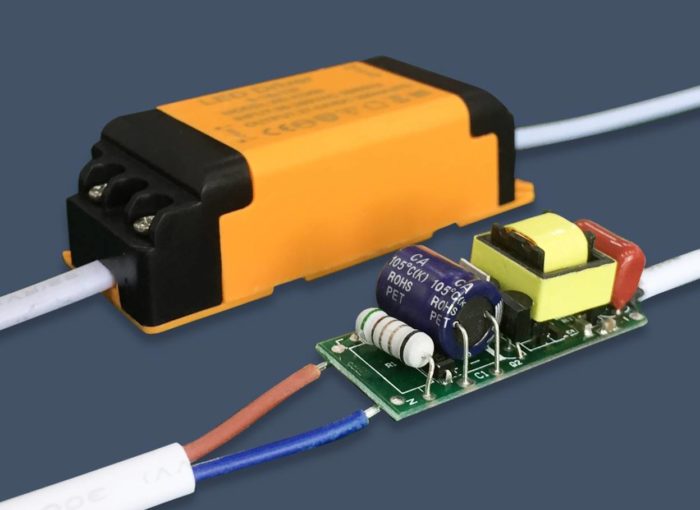
How to connect to LEDs
You can connect the driver to the LEDs even without special skills. The contacts and connectors are marked on the housing.
INPUT is for input current and OUTPUT is for output. It is important to observe the polarity. If the voltage to be connected is DC, the "+" contact must be connected to the positive pole of the battery.
If alternating voltage is used, consider the marking of the input wires. The "L" is the phase, the "N" is the zero. The phase can be found with an indicator screwdriver.
If "~", "AC" or no markings are present, observance of polarity is not necessary.

When diodes in series to the output it is important to observe the polarity in any case. In this case, the "plus" from the driver is connected to the anode of the first LED of the circuit, and the "minus" to the cathode of the last.

The presence of a large number of LEDs in a circuit may make it necessary to divide them into several groups connected in parallel. The power will be the sum of the powers of all the groups, while the operating voltage will be equal to the value of one group in the circuit. Currents in this case also add up.
How to check the LED lamp driver
To check the operation of the LED driver can be checked by connecting the lamp to the mains. It is only necessary to make sure that the lighting fixture and the absence of pulsations.
There is a way to check the driver without the LED. It is connected to 220 V and measured at the output. The reading should be constant, with a value slightly higher than the one indicated on the block. For example, the values indicated on the block are 28-38 V and indicate an output voltage without load of about 40 V.
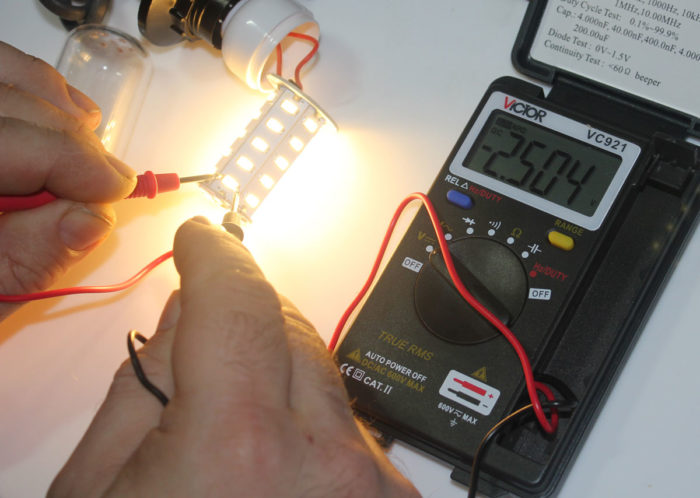
The described way of checking does not give a complete picture of the correctness of the driver. It is not uncommon to encounter serviceable units that do not turn on at idle or work unstably without load. The solution seems to be to connect a special loading resistor to the unit. Choose resistor can be according to Ohm's law, taking into account the values shown on the unit.
If after connecting the resistor the output voltage is as specified, the driver is good.
Service life
Drivers have their own service life. Often manufacturers guarantee 30,000 hours of driver operation under intensive use.
The service life will also be affected by voltage fluctuations in the mains, temperature and humidity.
Under-utilization can significantly reduce the life of the device. If the driver is designed for 200 W, but functions at 90 W, most of the free power causes overloading of the network. Failures, flickers occur, the lamp can burn out within a year.
Also of interest: Checking an LED lamp with a multimeter.
